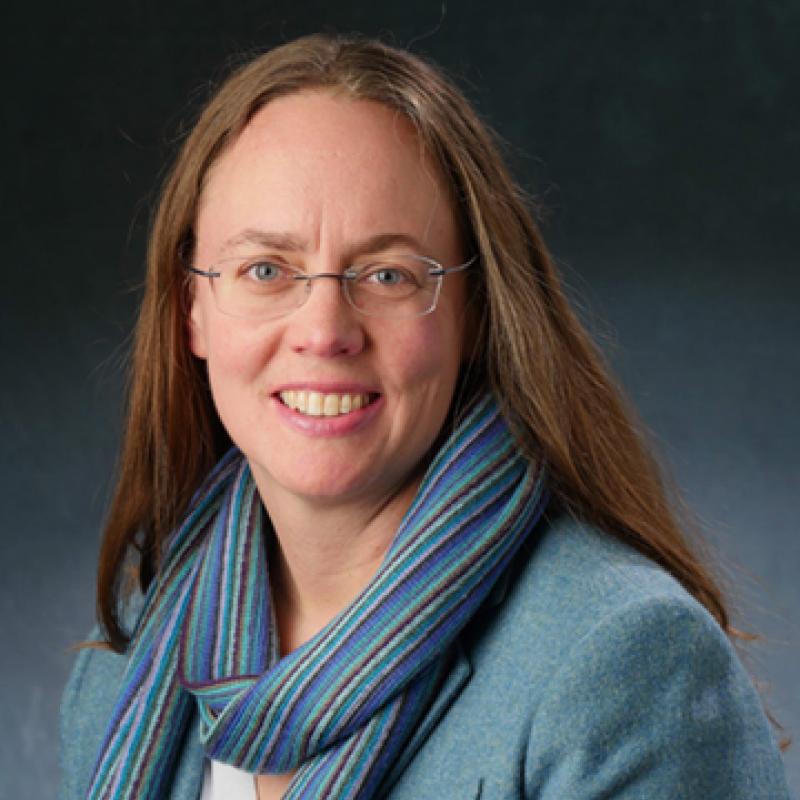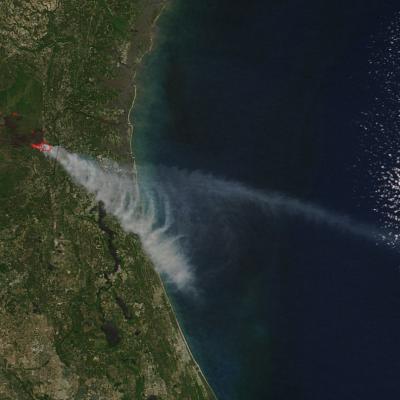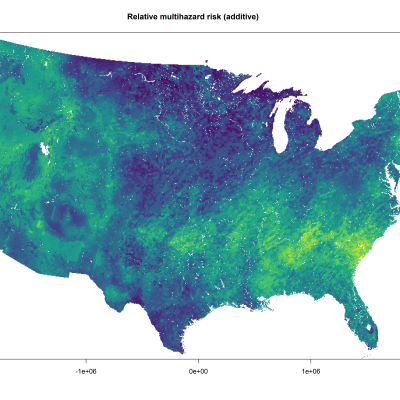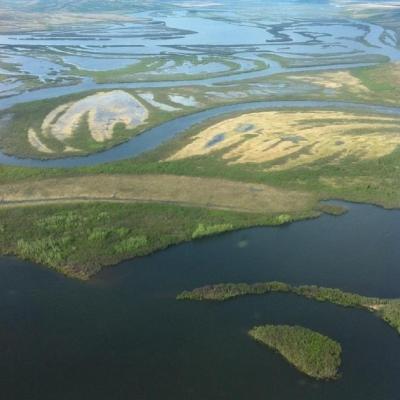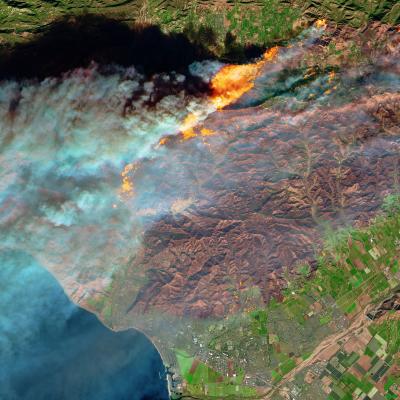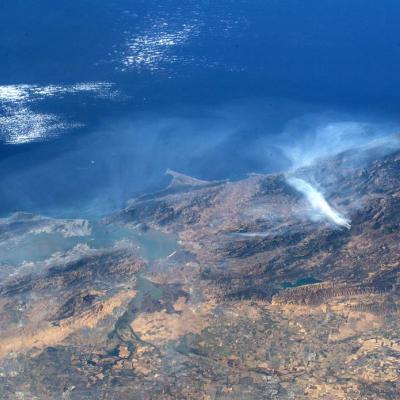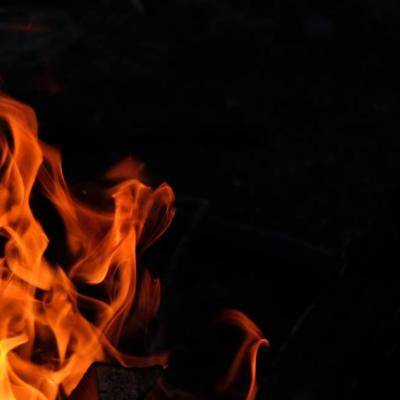Jennifer Balch is the Director of ESIIL. Her research aims to understand the patterns and processes that underlie disturbance and ecosystem recovery, particularly how shifting fire regimes are reconfiguring tropical forests, encouraging non-native grass invasion, and affecting the global climate.
Dr. Balch's research aims to explore global patterns of anthropogenic climate and land cover disruptions to help inform people about opportunities to curb and adapt to these changes.
Earth Lab takes a collaborative, big-data approach to answering some of our most pressing questions related to fire. We seek to understand what controls fire in the landscape, how fire is changing, and what this means for society.
Damage from natural hazards is increasing despite the growing ability of the geo-sciences to delineate where and when extreme events will occur. We show that decades of risky development has increased exposure to the most damaging natural hazards.
Environmentally, what is extreme? What can we do to mitigate their impacts? Our research aims to answer these questions and brings an interdisciplinary, big-data perspective to risk assessment.
This project advances fundamental understanding of how aboveground biomass recovery trajectories vary as a function of fire size and severity, drought, and conifer forest type (1984-present) across the western U.S.
In the face of increasing frequency and severity of disturbances to western U.S. forests, this effort integrates data from individual trees to entire ecoregions to advance understanding of western forest recovery.
The core activity of this project is to use such a finer-time-scale analysis to identify the fuels, weather, and/or firefighting resources conditions associated with rapid fire growth.
A changing environment offers risk and opportunity. We explore ways to use weather and climate information, from short-term weather forecasts to long-term climate projects, to make better adaptation decisions.
If you’re like us and you love studying fire ecology, you know that there are many satellite-derived datasets to choose from, but the collection may be unreliable and a steep learning curve exists. That’s where FIRED (Fire Events Delineation) comes in.
We convened the first community organized NEON Science Summit to build community and better utilize NEON data for ecological research and education.
Balch
Role Order
4
